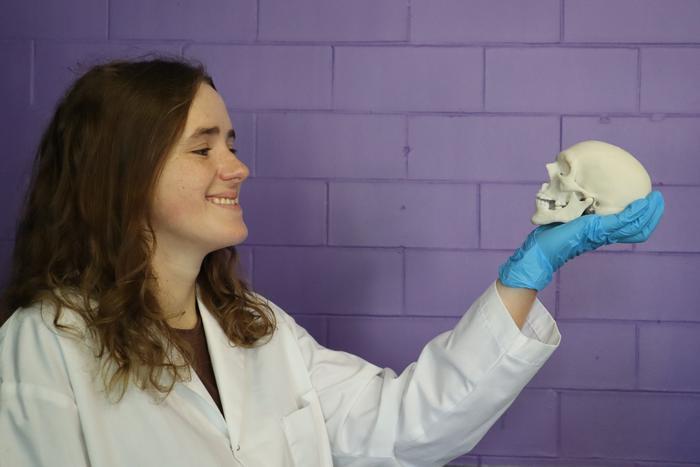In Europe, 70 million people suffer from degenerative disc disease. Several innovative studies conducted on skeletal regeneration or bone marrow transplantation could provide a lasting solution.

- 95% of sciatica in people under 55 are linked to a herniated disc
- Thanks to stem cells, we could replace damaged intervertebral discs
Intervertebral discs are bony structures located between the vertebrae of the spine. Besides the fact that they help to consolidate it, they also provide better shock absorption and create flexibility between the vertebrae, which allows us, for example, to lean. We count 23 intervertebral discs in our vsvertebral column : 6 in the neck (cervical region), 12 in the middle of the back (thoracic region) and 5 in the lower back (lumbar region).
Back pain, “the evil of the century”
Several pathologies are associated with intervertebral discs, of which there are 3 main forms: neck pain, back pain and low back pain. There is also sciatica, the pain of which begins in the lower back and ends in the leg. These ailments can be due to osteoarthritis or even a herniated disc, which is characterized by the wear, deformation or displacement of a disc.
According to University Hospital of Reims“IThis is a very common pathology in young adults. (30-55 years old), 95% of sciatica in this age group is linked to a herniated lumbar disc. In France, approximately 30,000 cases are operated on per year and 120,000 cases are treated medically.” Despite these figures, science continues to seek ways to repair a disc, help it regenerate or soothe the unbearable pain associated with these pathologies. Several leads give hope to patients.
cell therapy
Cell therapy, which according to Inserm consists “at long-term treatment of the patient thanks to a single injection of therapeutic cells”was tested in 2019 to treat degenerative disc disease. The European clinical trial called “ReSpine” led by Professor Christian Jorgensen, director of the Institute of Regenerative Medicine and Biotherapy (IRMB) at Montpellier University Hospital, tested the effectiveness of a single injection into a patient’s intervertebral disc of mesenchymal stem cells ( CSM) from donated bone marrow.
“The goal of this innovative therapy is to reduce pain/disability quickly (within 3 months) and sustainably (at least 24 months). This simple treatment would be effective, non-invasive and easy to implement by clinicians in hospitals”, say the researchers. According to the CHU, degenerative disc disease affects 70 million Europeans (42% of patients with chronic low back pain) and costs more than 100 billion euros each year. The results will be made public within three to five years.
Bioengineering
In 2018, American researchers presented in Science Translational Medicine the design of a new bioengineered intervertebral disc to replace a damaged disc. The researchers wanted to combine the subjects’ stem cells with biomaterial assemblies in the lab to create a composite structure to be implanted into the spine to act as a replacement disc.
Over the past 15 years, they have developed a replacement disc for tissue engineering, moving from fundamental scientific experiments in vitro to actual transplants to small animals and then to larger animals. Human trials are yet to come.
skeletal regeneration
In 2015, Inserm also presented the works of the’Inserm Unit 791 “Osteo-articular and dental engineering laboratory” in Nantes, coordinated by Professor Jérôme Guicheux. Researchers “succeeded in transforming fat stem cells into cells that may be able to replace damaged discs”, welcomed Inserm. By conducting trials on sheep, they have showed that a polycaprolactone implant could interact with the cells of the intervertebral disc. If the researchers are far from knowing how to regenerate a disc, they hope to be able to prevent their degeneration and avoid recurrences of herniation.

.















